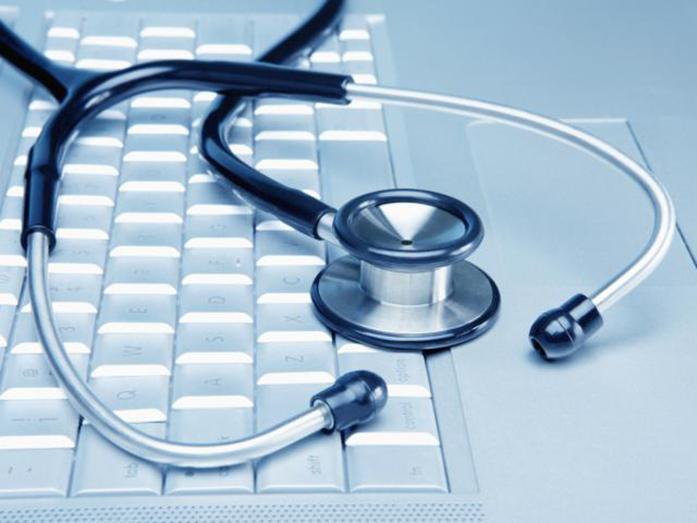Since June 2015, UIeCare has made strides in increasing health-care access through the internet.UIeCare is an online University of Iowa health-care system designed to give patients the 24/7 care they need year-round.
“UIeCare offers virtual lists to a physician or nurse practitioner in a real-time fashion,” said Patrick Brophy, the Robillard Chair professor of pediatric nephrology and the founder of the UI Signal Center for Health Innovation.
The virtual system provides online care for those who need instant feedback, he said, especially for people who live in rural areas.
“[UIeCare] helps access for patients who aren’t able to get to urgent care,” Brophy said. “[Patients can] access it through smartphone, tablet, and computer.”
To become a patient through UIeCare, patients are asked to enter their demographic and payment information, said Pamela Villacorta, the Signal Center director, a program that aims to improve health-care services.
“If patients are new to the service, they will need to enter demographic and payment information, then they are connected to a health-care provider via UIeCare’s secure video conferencing platform,” she said.
The physicians or nurse practitioners, all of whom were hired from UIHC, contact patients who use UIeCare within 15 minutes, Brophy said.
“We have a group of physicians and nurse practitioners who are dedicated to UIeCare specifically,” he said, noting that they are available seven days a week year-round.
“Because the service can be accessed 24/7, it is especially convenient for those seeking care after normal business hours and during holiday,” Villacorta said.
The providers ask the patients about their symptoms and may provide other instructions to give a diagnosis and treatment plan, Villacorta said.
The service, Brophy said, has been increasingly successful.
“I think a clear indicator [of the success] is that it’s available after-hours and holidays,” he said. “This offers an opportunity for cost-effective care and quicker care.”
“Every time you initiate a [UIeCare] visit, you pay $50,” said Alexis Anderson, a producer of eHealth + eNovation Center, which was created to improve access to UI Health Care.
There are some programs through UIeCare that can offer it for less, Anderson said, and if a situation isn’t appropriate for virtual care, the patient will not get charged.
“UIeCare is a discounted benefit for students on the [the Student Health Insurance Plan],” Villacorta said. “They can access the service for $25.”
UIeCare is a great complement to the UI, Anderson said, and for those who don’t have the proper transportation.
“If your child gets sick, it’s a great opportunity to get care and not have to worry overnight,” she said.
A Spanish version, UIeSalud, was launched shortly after the original version’s inception, Villacorta said.
“We are at an exciting point where digital technology is finally intersecting with health care,” she said.
Patients who use UIeCare have given an average of 95 perfect satisfaction rate, she said.
“We are constantly striving to make the user experience as simple and helpful as possible,” Villacorta said.







